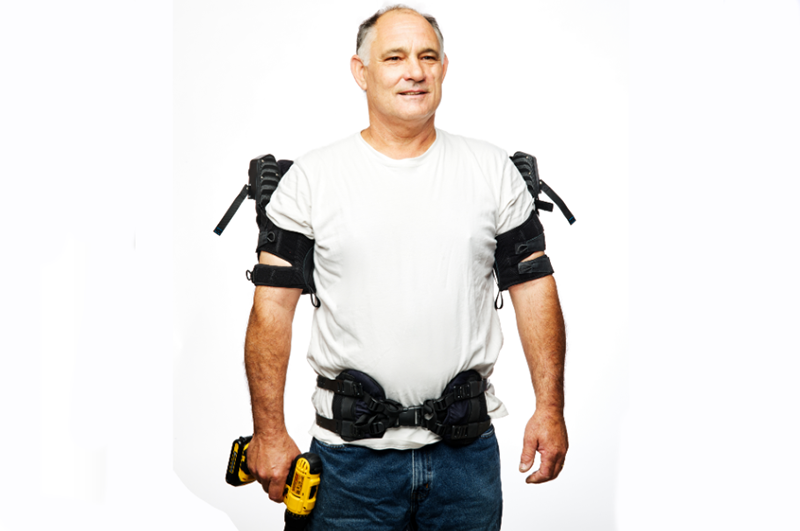An exoskeleton is an external covering for the body containing a rigid and resistant set of components that fill functional roles to protect and support the user. These wearable devices have huge potential for improving performance and reducing workplace injuries, but do the benefits outweigh the risks? Here, we’ll discuss some benefits and disadvantages of exoskeletons.
Advantages of Exoskeletons
Allows Complex Movements
The design of an exoskeleton often comes with flexible joints that work with the user’s underlying muscles. This allows for a wide range of movements for the user. When exoskeletons are perfected, these suits will be capable to someday be used to enable U.S soldiers to run faster, carry heavier weapons, and leap over obstacles on the battlefield. Exoskeletons today are being used in car manufacturing facilities where it boosts the worker’s performance and protects them from injuries.
Beneficial In Healthcare
Exoskeletons can be beneficial for medical use. Exoskeleton developers are creating wearable robotic suits that allow people with lower-body paralysis to walk upright again. Exoskeleton maker Ekso Bionics unveiled its next-generation robotic exoskeleton called EksoNR. Designed primarily for stroke recovery, the intuitive exoskeleton device recreates the natural movement of the legs and helps patients re-learn how to walk, sit, and do all the things they used to do.
Protect The Worker In Hazardous Conditions
HAL exoskeletons or Hybrid Assistive Limb exoskeletons are being used by the Japanese government. After the Fukushima Daiichi nuclear disaster in 2011, the Japanese government has tested various robotic technologies. In addition to providing sufficient strength, exoskeletons also reduce radiation exposure by about 50%. It also helps cool the body when the temperatures in places like Fukushima becomes unbearable.

Disadvantages of Exoskeletons
Heavy and Bulky
Exoskeletons tend to be bulky and some can be heavy. Although it helps a worker improve performance, it can be disadvantageous due to its weight.
Speed
Exoskeletons offer a range of varying speeds and most are characterized by a modest speed that is slightly greater than 0.2 m/sec, which may impede their general use.
Handgrip
Many spinal cord injury patients may not be able to use an exoskeleton due to the lack of appropriate hand grip.
Read more How Exoskeletons are Changing Construction and Manufacturing Industries
Pressure Injuries
Around 70%-75% of persons with spinal cord injury experience pressure injuries during their lifetime with dramatic changes in their skin structures that are likely to break down with a minimal amount of shear. Powered exoskeletons are likely to have straps to help to maintain static and dynamic posture during standing and walking. With diminished sensation and impaired peripheral circulation, these straps are likely to cause excessive shear to the surrounding soft tissues and may lead to pressure injuries.
Price
The biggest drawback of exoskeletons is their prices. An exoskeleton can cost around $45,000, and that is why many people cannot afford them.












